It can be so frustrating – you finally find the perfect lipstick shade, or a moisturiser that gets you and your skin all kinds of compliments, but then, in a flash, it disappears from shelves and you discover that your favourite beauty product is discontinued.
Born from a conversation the CF team had in the office, here’s our expert guide on what to do when your favourite product is discontinued, including how to find a replacement without falling for disappointing ‘dupes’, and tips on searching for remaining stock.
Trying to savour every last drop of your current product (we’ve all been there), can only work for so long. Instead, take this advice on what to do when your favourite beauty product is discontinued…
Why do beauty products get discontinued?
There are plenty of reasons your favourite product might get discontinued, including that demand just isn’t high enough (even if you would happily continue to invest). That’s especially common for makeup shades, where brands may launch with a rainbow of colours and then streamline them based on popularity. Beauty is also an industry – rightly or wrongly – that focuses predominately on newness, so while some lucky products turn into iconic classics, others fall by the wayside to make room for new innovations powered by ‘better’ formulations. You may have, unfortunately, fallen in love with a limited edition product too.
At the same time, the sustainability movement has meant a rethink on product packaging and even certain ingredients, so that some products don’t necessarily deliver anymore for the more eco-conscious consumer. This can mean that certain products disappear from shelves either forever, or just to be redesigned (you probably haven’t failed to notice the increase in more recyclable and recycled tubes), with the latter leaving a grey area around whether they will actually re-emerge in the near future.
What about reformulations?
Newly available ingredients, emerging research, and consumer demands can see products reformulated. This means that the product does come back but as a ‘tweaked’ 2.0 version. This can be a great thing – brands always try to reformulate to improve their products after all, so your favourite product could get a supercharged look and feel, plus even better results, such as improved longevity or more potent actives.
But, a word of warning: any change, for example in ingredients, can equally mean that an aspect you loved about the product – the specific texture, or even the application mechanism – has been tweaked, so while your favourite might not have been formally discontinued, you are still left on the lookout for the ‘original’ you loved so much.
How to find your discontinued favourite:
Speak to the brands
The first step if you are worried that a beauty product is discontinued is to speak to the brand directly. Social media can be a brilliant way to ask your questions, so comment on a recent post or send the team a DM. Social chatbot features mean you could even get an answer within minutes, but you can also email the company directly using the details found on their website if you’d like a bit more information.
Sometimes, to your relief, you’ll hear that the product is just being restocked with hopefully an, at least vague, answer on when it will become available again. However, it can also be a useful way to confirm that the product is actually being discontinued, so you can either stock up on any remaining samples (the brand may even be able to advise you how) or start your attempts to find an alternative.
If you are based in the United States for example, Estée Lauder Companies, home to Estée Lauder, Tom Ford, Jo Malone, and Clinique, has a Gone But Not Forgotten service, which allows customers to search for discontinued products directly.
Look in store
Even if your favourite beauty product is discontinued, there is likely to be a small amount of surplus stock held in the inventory of some stores that will be available to buy until it sells out. To save yourself some potentially wasted trips to the shops, approaching the brand directly can again help smooth this process, as they should be able to direct you to likely stores. Bigger stores are also likely to have called in more samples (so keep that in mind when searching) and you can reach out to broader retailers too, such as Lookfantastic and Selfridges, who may also have some remaining stock.
Ask your friends and family
Once the brand itself doesn’t have any remaining stock, it’s time to get searching. A good first port of call are your friends and family, who may have a sample laying around that they don’t mind parting with.
Try resale sites… but check the dates
You can buy almost anything on Amazon, and Ebay is a growing market for beauty too. That includes discontinued beauty products and especially limited edition ones that may have a higher perceived resale value, so you may need to pay a little more to stock up on multiple samples.
For health and safety reasons, you want to make sure the product is unused, and sellers should prove this – by showing that the product is sealed, for example – so avoid anyone who seems cagey about it. Another important consideration is the product expiry date. You should ask the seller (if it isn’t listed) for the details, or better yet imagery, of all product codes, especially the batch number, which is normally found on the packaging. You can then use this number on sites such as Check Cosmetic and Check Fresh to ensure that you aren’t being sold a product that’s outside its expiry date (typically six – 24 months for cosmetics).
Embrace sustainability
Sustainability services could also help you find your beauty favourites. One example is BOOP – a new beauty retailer that aims to rescue ‘imperfect products’ from landfill, with ‘imperfection’ including discontinued formulations. The number of brands on the site is currently quite limited, but if you do find the product you love – and we’ve already spied Aromatherapy Associates and Bouclème – the added benefit is that you can purchase it for up to 50 per cent off.
How to discover something new (but similar):
Ask the brand (again)
Sometimes a product you love really does feel like it is lost to time. If it is time to try something new, it can be simplest to go first to the brand themselves for an alternative. They should be more than willing to try and continue your position as a loyal customer, by giving you a range of similar product recommendations from within their inventory. If you go to a store in person, you can also try the product to see if you like it before you purchase – and don’t be afraid to ask for a sample to take away before you commit.
Try matching sites
Another option is to try sites that allow you to compare products against your current favourite, by simply typing in the product name and sometimes a few details. Findation.com is particularly helpful for finding colour and coverage matches for foundations and other makeup products, with the algorithms on the site providing a range of options that are designed to be as similar to your original as possible. Reviews are also available so you can check that other people have actually loved the recommendation.
For skincare, there’s now SKINSKOOL too, which makes it easier than ever to discover alternatives when your favourite beauty product is discontinued. What’s more, the recommendations can be personalised to your needs, budgets and values, including in terms of eco-consciousness and animal-friendly choices. This means the services can not only help you find alternatives to discontinued ranges, but also make it easier to try something new when you just fancy a change.
Head to social
Discontinued beauty is a hot topic on social media at the moment, with discussions ranging from the most-missed products that tap into social’s nostalgic beauty trends, to the best recommended swaps you can make. Sometimes it can be as simple as entering your favourite product’s name into the search bar and watching the suggestions pop up.
Just one thing to note though, ‘dupe beauty’ culture is everywhere currently too. A movement designed to help you find cheaper alternatives to trending products. And, while there are great recommendations out there, similar product packaging or mimicking product names does not necessarily mean a formula is even slightly similar to the original. So, when you see a ‘good dupe recommendation’, check for comparison photos or videos, and an evaluation of the ingredients (especially for skincare) to check you aren’t getting something less expensive but also less effective. After all, there would be nothing worse than further disappointment in the search for a discontinued product replacement.
We may earn a commission if you buy something from any affiliate links on our site.







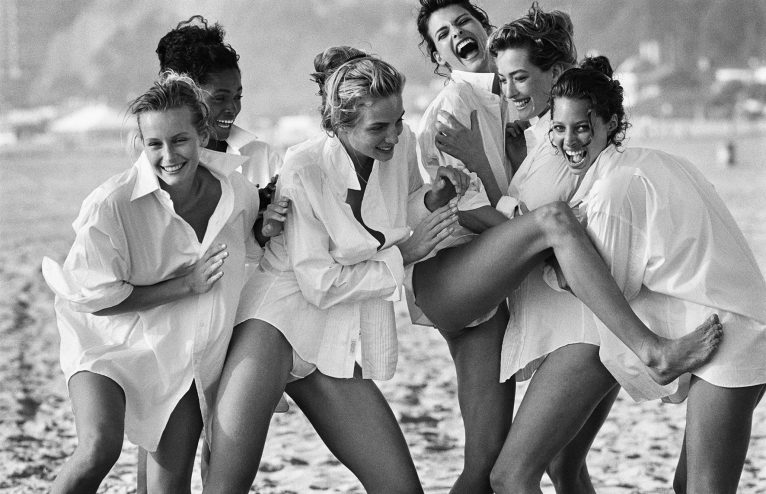
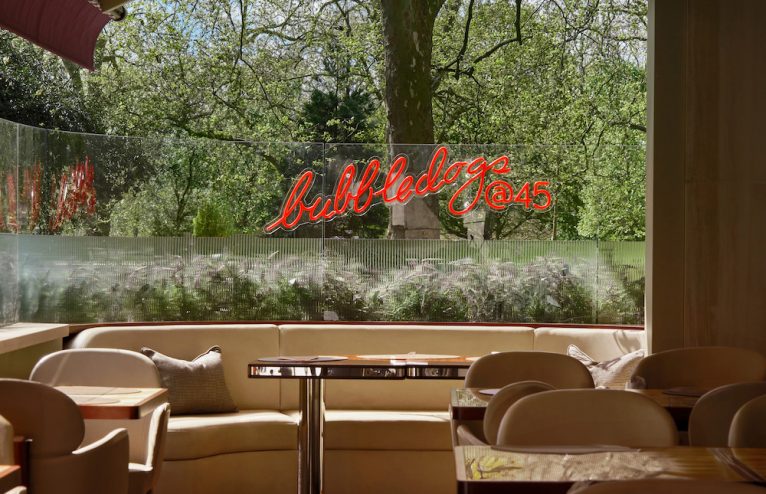







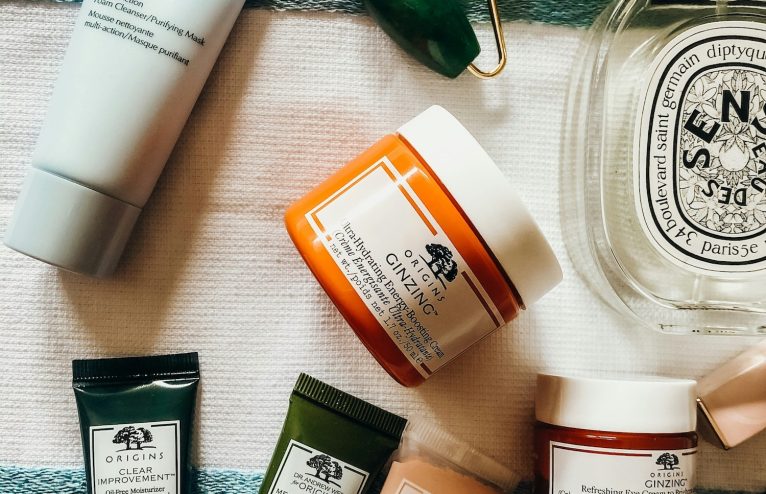
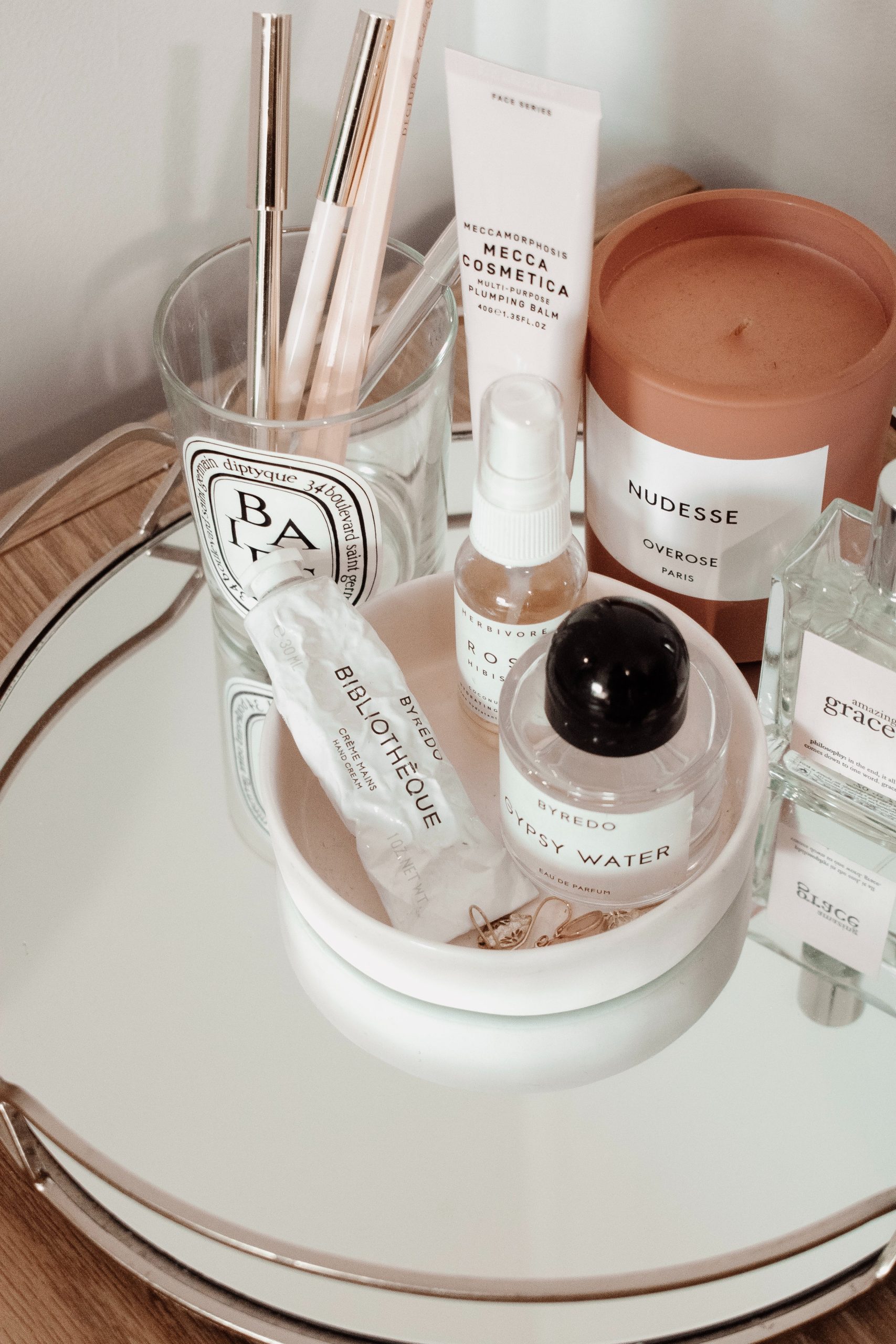


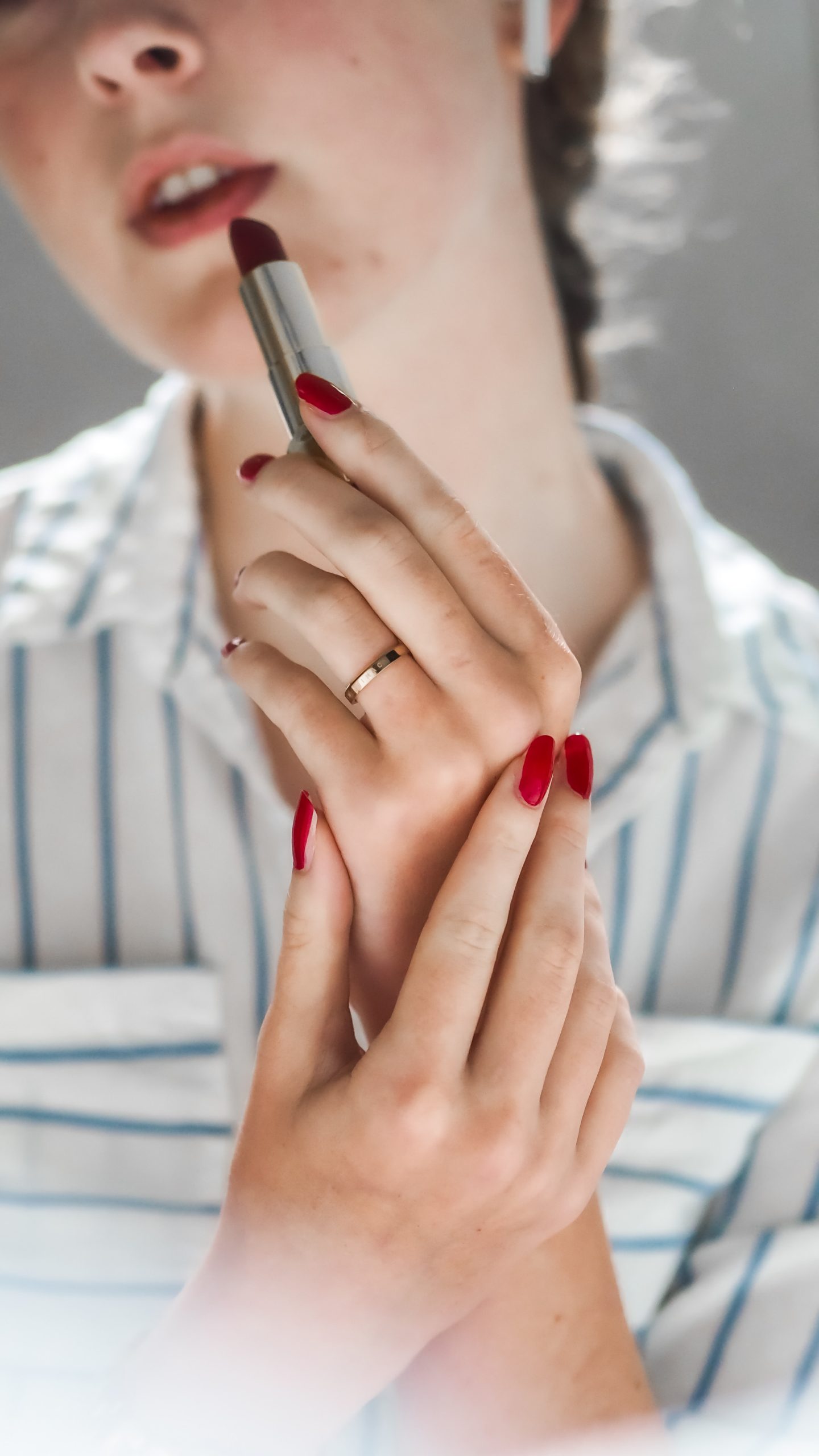
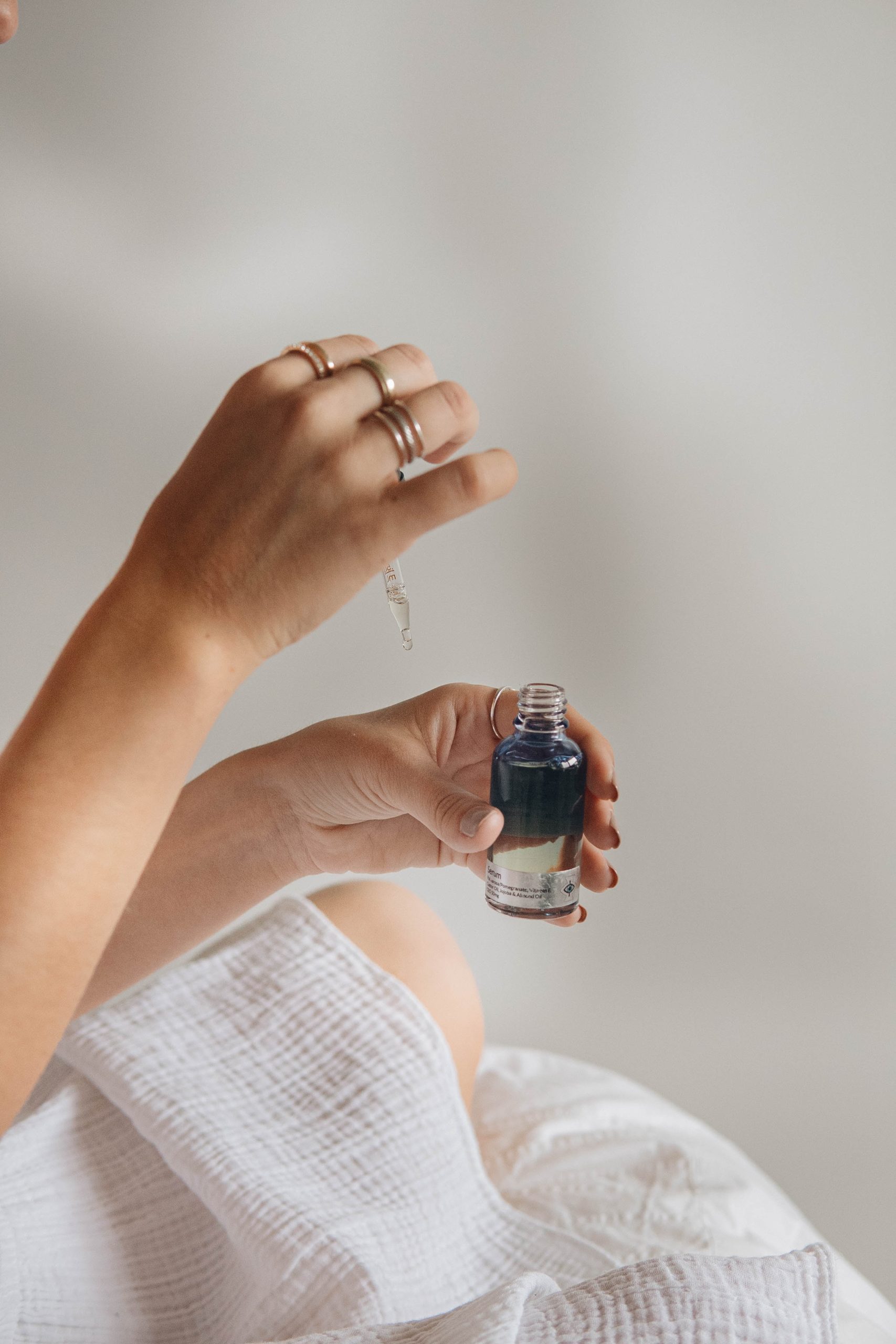
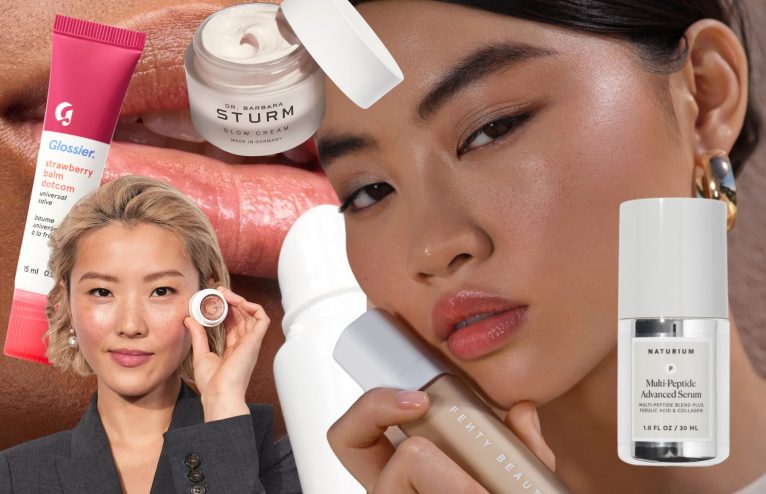


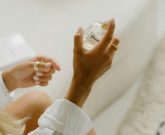
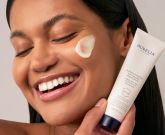
Any Questions or Tips to add?